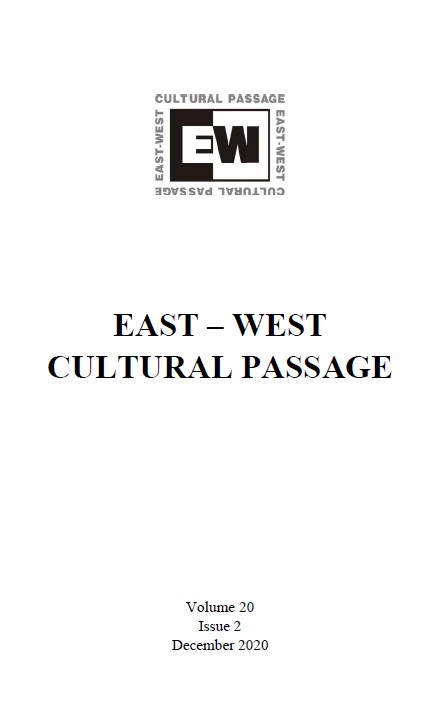Japan’s Food Culture – From Dango (Dumplings) to Tsukimi (Moon-Viewing) Burgers
Japan’s Food Culture – From Dango (Dumplings) to Tsukimi (Moon-Viewing) Burgers
Author(s): Oana Maria BîrleaSubject(s): Cultural history, Sociology of Culture, Marketing / Advertising, Globalization
Published by: Editura Universitatii LUCIAN BLAGA din Sibiu
Keywords: Japan; Japanese culture; gastronomy; globalization; traditional eating; modern eating; food studies; eating habits; change; food-body-self relationship;
Summary/Abstract: The purpose of this essay is to present how Japanese eating habits have changed in the context of globalization. We start from the premise that eating is not merely about meeting a basic need, but about creating a relationship with nature. It can be regarded as a ritual practice because it reveals a culture and its people’s beliefs, values and mind-sets. As Geert Hofstede et al. note, life in Japan is highly ritualized and there are a lot of ceremonies (192). Starting from the idea that food consumption is based on rituals too, we intend to explain the relationship between eating habits and lifestyle change in contemporary Japan. Considering that the Japanese diet is based on whole or minimally processed foods, we ask ourselves how Western food habits ended up being adopted and adapted so quickly in the Japanese society. With this purpose in mind, we intend to describe some of the most important festivals and celebrations in Japan, focusing on the relationship between special occasions and food. In other words, we aim to explain the cultural significance of food and eating and to see if and how these habits have changed in time.
Journal: East-West Cultural Passage
- Issue Year: 20/2020
- Issue No: 2
- Page Range: 54-73
- Page Count: 20
- Language: English
- Content File-PDF

